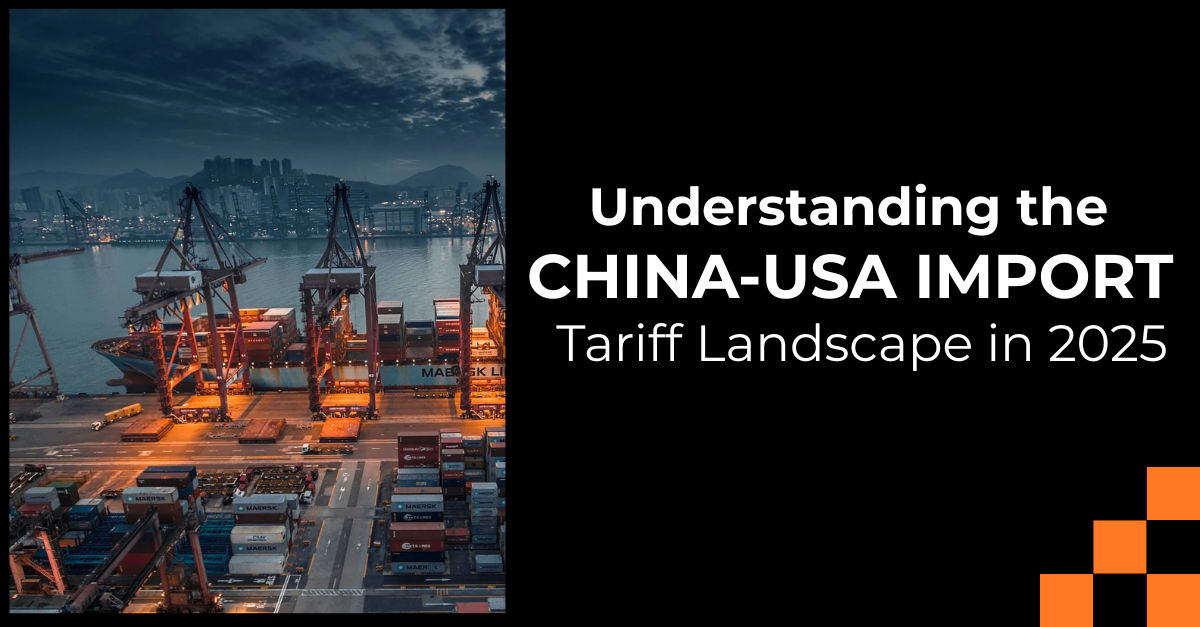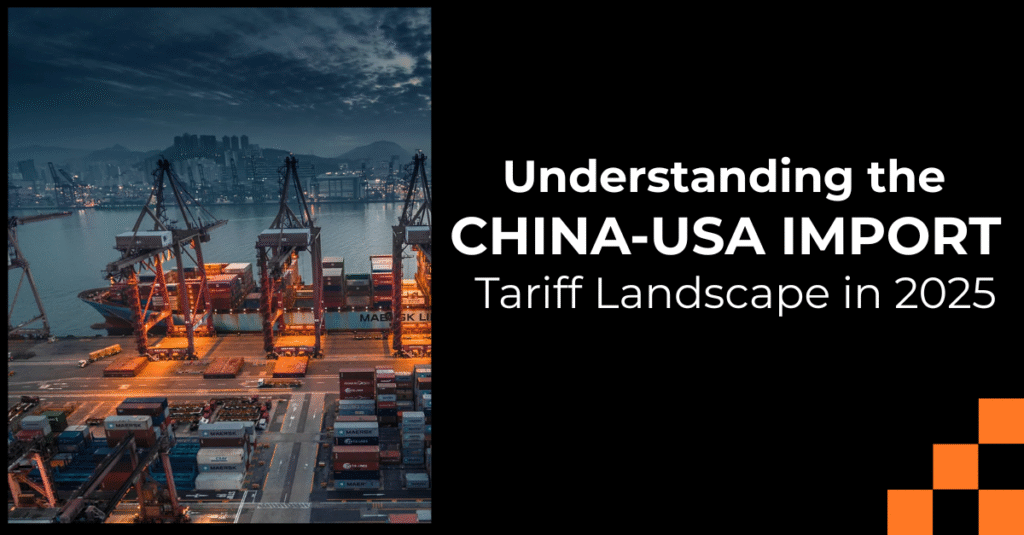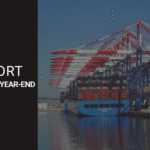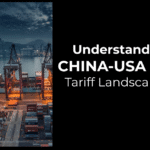The trade relationship between China and the United States has always been complex, and tariffs are a major point of friction. In 2025, businesses importing goods from China must stay vigilant as tariffs continue to evolve. Understanding how these duties affect supply chains, pricing, and sourcing strategies is crucial for maintaining profitability and compliance.
1. A Brief History of China-USA Tariffs The modern tariff tensions began escalating in 2018, when the U.S. implemented additional duties on hundreds of Chinese products under Section 301 of the Trade Act. China retaliated, and a full-fledged trade war unfolded. Though some tariffs have since been modified or suspended, many remain in place as of 2025.
2. Current Tariff Rates and Affected Goods As of this year, U.S. importers still face duties ranging from 7.5% to 25% on a wide range of goods including electronics, machinery, furniture, textiles, and consumer products. In some cases, exclusions have been reintroduced for specific items, but these are temporary and subject to review.
3. Strategic Impacts on U.S. Importers Tariffs have prompted many U.S. businesses to reassess their sourcing strategies. Some are shifting production to countries like Vietnam, India, and Mexico to avoid China-origin duties. Others are renegotiating prices with Chinese suppliers or investing in domestic alternatives. Supply chain flexibility and geographic diversification have become strategic imperatives.
4. Compliance and Documentation Challenges Importers must ensure that they properly classify goods under the Harmonized Tariff Schedule (HTS), apply the correct duty rates, and maintain clear records. Misclassification or undervaluation can lead to penalties. Customs audits have become more common, especially for goods subject to Section 301 duties.
5. The Role of 3PLs and Freight Forwarders Third-party logistics providers and freight forwarders are playing a critical role in helping businesses navigate tariff challenges. They assist with tariff classification, provide up-to-date regulatory guidance, and offer warehousing solutions in non-tariff countries for transshipment strategies. Some 3PLs also provide landed cost calculators that factor in tariffs and taxes to give importers clearer pricing forecasts.
6. Future Outlook and Policy Shifts With the 2024 U.S. elections concluded, policy shifts are expected. While full-scale tariff removal is unlikely, selective relief for critical sectors (e.g., medical supplies or green energy tech) may be expanded. Businesses should monitor U.S. Trade Representative (USTR) announcements and lobby group actions to stay ahead of changes.
Conclusion Navigating the tariff environment between China and the U.S. in 2025 requires a proactive and informed approach. Importers must stay updated on trade policies, build relationships with experienced 3PLs and customs brokers, and consider sourcing diversification. With the right strategies, businesses can mitigate risks, maintain margins, and continue to grow in a challenging trade climate.
Stay informed with our upcoming insights on international trade, logistics strategies, and compliance essentials.







